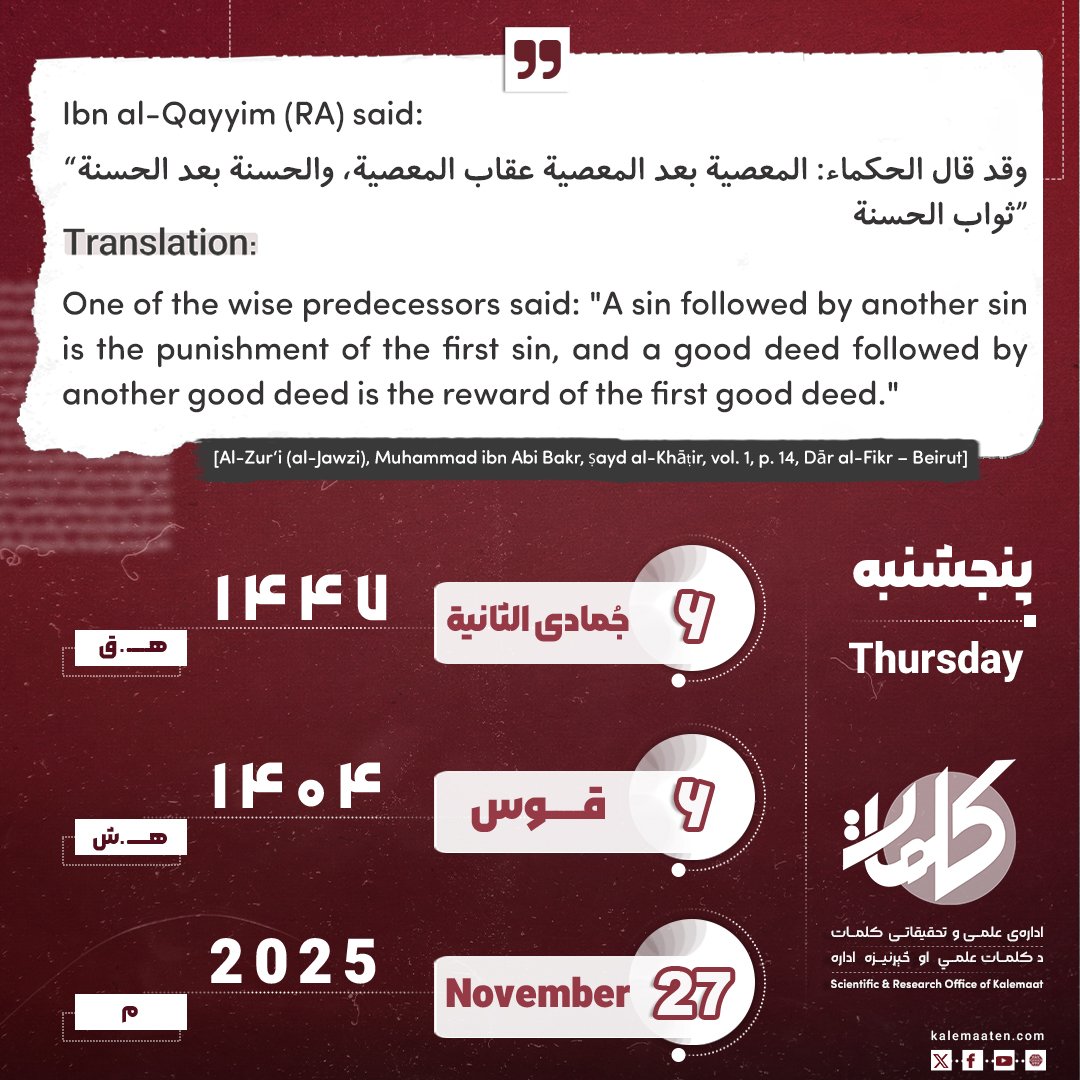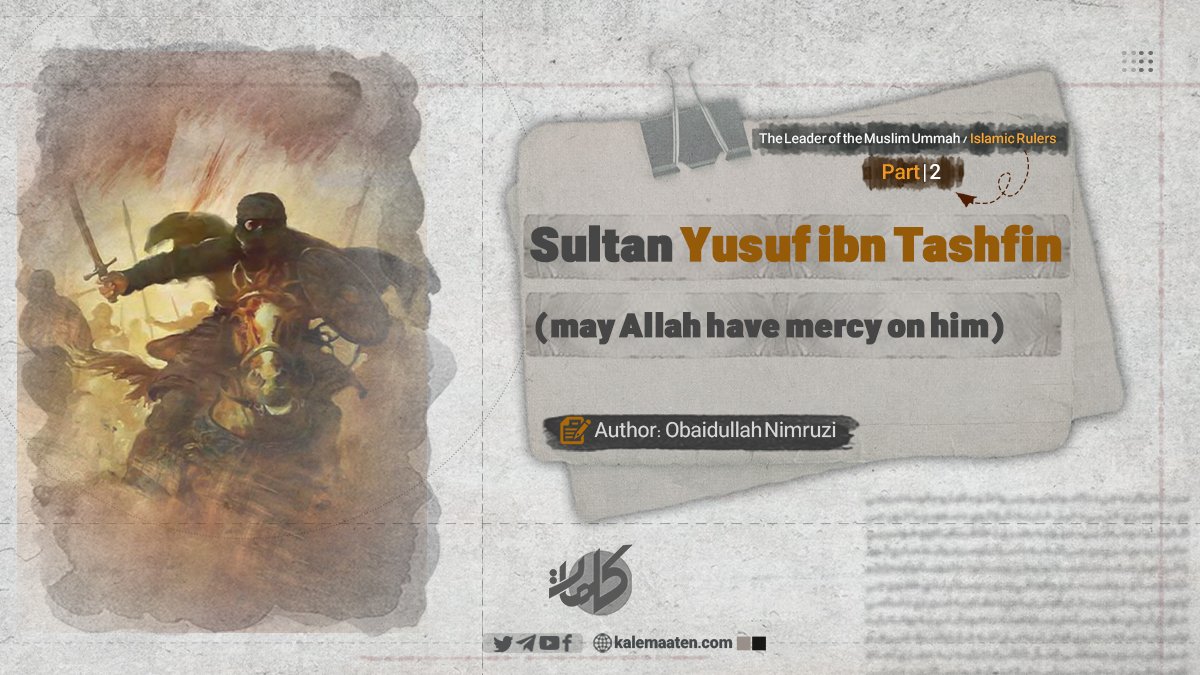Author: Obaidullah Nimruzi
The Guardian of Andalusia (Spain): Sultan Yusuf bin Tashfin, ‘MAPH’ (Part Two)
The Consequences of Conflict and Ambition
1. The Collapse of the Unified Umayyad Rule in Al-Andalus
In the opening chapters of the book, the author explores the rise of the Umayyad dynasty in Al-Andalus. Abd al-Rahman I, the first independent ruler of Al-Andalus, founded the Umayyad government in the region. During the reign of Abd al-Rahman III, Al-Andalus reached its zenith of power and influence, becoming one of the greatest Islamic states of its era. However, with the death of Abd al-Rahman III in 1031 CE, the Caliphate of Córdoba disintegrated due to internal weaknesses and structural corruption. This collapse marked the beginning of a dark and tumultuous period for Al-Andalus.
2. Turmoil and the Emergence of Multiple Kingdoms
Following the fall of the Caliphate of Córdoba, Al-Andalus became a battleground for local rulers vying for power. This competition led to the formation of several independent emirates, transforming the once unified land into a fragmented and disorganized territory. This political fragmentation divided Al-Andalus into a series of independent kingdoms and emirates, the most notable of which were:
– The Kingdom of Granada: Located in southern Al-Andalus, it remained the last stronghold of Islamic civilization in the region.
– The Emirate of Seville: A significant political and cultural hub.
– The Emirate of Málaga: Another prominent independent state during this fragmented era.
Despite their local strengths, these emirates, plagued by internal conflicts, failed to form a united front against external threats, particularly from the advancing Christian forces.
3. A Period of Decline and Fall: Internal and External Factors
In The Guardian of Al-Andalus, Naseem Hijazi delves into the internal weaknesses of Al-Andalus’s emirates and kingdoms, identifying them as key contributors to the collapse of Islamic rule in the region. Intense rivalries among local rulers, widespread administrative corruption, a failure to unite Muslim forces, and neglect of economic and social needs left Al-Andalus weakened and unable to defend itself against external threats. In contrast, Christian forces, leveraging unity and cohesion—especially through the northern kingdoms of Catalonia and Aragon—progressively advanced, capturing various parts of Al-Andalus. One striking aspect of this period was the repeated defeats Muslims suffered against Christians, particularly after the fall of Córdoba and the political fragmentation of Al-Andalus, which facilitated Christian conquests.
4. Cultural and Social Impacts of Al-Andalus’ Fragmentation
Despite the political and military crises, the era of Al-Andalus’ fragmentation witnessed remarkable cultural achievements. Hijazi emphasizes that despite political disintegration, Al-Andalus remained a major cultural and scientific center in the Islamic world. This period saw the creation of stunning architectural masterpieces, such as the Alhambra Palace in Granada and the Great Mosque of Córdoba, which continue to symbolize the brilliance of Islamic civilization in Al-Andalus. Furthermore, scholarly and cultural activities persisted, significantly contributing to the spread of knowledge and art in the Islamic world.
5. Lessons from the History of Al-Andalus
a) The Consequences of Division:
One key lesson from this historical period is the detrimental impact of division. Hijazi highlights that fragmentation among Muslim rulers and their inability to harness human and economic resources not only led to military defeat but also hindered the realization of greater objectives. This lesson remains relevant in the contemporary world: division and resource mismanagement can lead to a society’s or nation’s collapse.
b) The Importance of Unity and Cohesion:
As external threats mounted, the rulers of Al-Andalus focused more on internal power struggles than on countering external enemies. This disregard for unity made Al-Andalus vulnerable to external threats. The importance of internal solidarity and cooperation remains a timeless and vital principle.
c) Cultural Growth Amid Crises:



